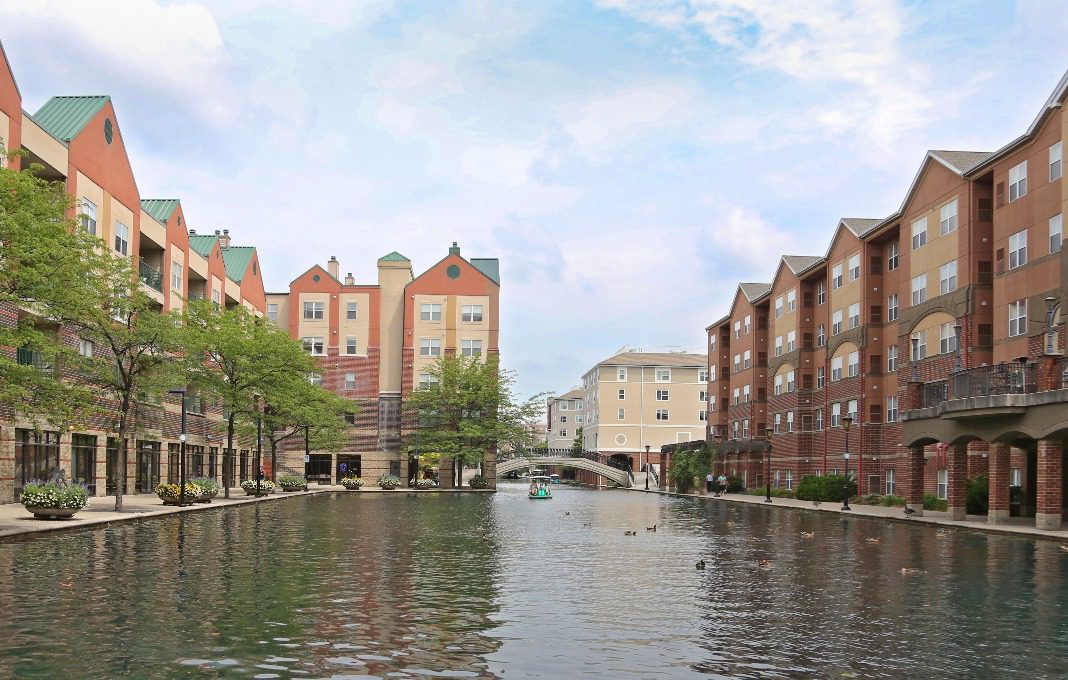The final extent of the remote-work “revolution” may remain in flux, but one thing is clear a couple of years into the post-pandemic era: More Americans than ever have freedom to live in a state that isn’t tethered to the location of their jobs.
Indiana has leapt into that economic-development opportunity as robustly as any state, in part with a program that has allocated $500 million to 17 regions to accelerate shovel-ready projects and programs that are expected to transform communities, attract talent and improve the quality of life.
The READI (Regional Economic Acceleration and Development Initiative) program grants have helped leverage another $8.5 billion in other commitments from private and public sources that, collectively, should help the Hoosier State build on a reputation that ranked it No. 6 in the 2023 Chief Executive “Best and Worst States for Business” survey of CEOs.
“Indiana has become more on the roadmap for people who want to do remote work or really just want a change of pace,” Brad Chambers, Indiana’s secretary of commerce, told Chief Executive. “People may not want to be in the Northeast or on the West Coast, but in a place with a good quality of life and great employment prospects at the same time. It’s a different way of living. And our population is growing.”
Recently, for instance, Indiana leaders celebrated the announcement of a $30-million Tolleston Opportunity Campus in Gary, Indiana, that will be fueled by $10 million in READI funding. The outpost in northwest Indiana, in perhaps the state’s most economically challenged city, will rehab a former school and include a 50,000-square-foot space and an upgrade to the local Boys & Girls Clubs, with a fitness center, a health-care clinic, extracurricular classes, and workforce-development programs, among other amenities.
Meanwhile, Ivy Tech Community College, with locations around the state, is leveraging $705,000 in READI funding into an “energy technology mobile unit” designed to deliver remote instruction for students to meet workforce needs in renewable energy.
“It’s a super-interesting project, and so outside the box,” Chambers said. “It’s really meeting a need. And it’s unique to northern Indiana, which has lots of momentum in sustainable energy development.”
READI is part of what Chambers has called a “5E” focus for his tenure, which began nearly two years ago under Governor Eric Holcomb. It includes investing in the built environment, entrepreneurship, the world’s energy transition, the “economy of the future” and external engagement.
The future-economy emphasis seems to be going well for Indiana, what with recent reinvestment commitments in the state including a plan by ENTEK, a U.S.-owned company, to invest $1.5 billion to build a plant in Terre Haute for EV-battery components, and the announcement by Stellantis that it would add a $155-million investment in EV-drive manufacturing in Kokomo to its $3 billion invested in the state since 2020.
Chambers noted that Indiana also ranks No. 4 among states for clean-energy permitting for commercial projects. “We’ve reduced our use of coal over the last decade or two to down under 50%,” he said. “That has meant diversifying our energy sources including increasing our percentage of clean energy.”
The founder and CEO of Indianapolis-based Buckingham Cos., Chambers said he believes Indiana’s “strategy is resonating with industry, those existing in the state and those looking to expand. We’re telling the Indiana story. We’ve been a bit humble in the way we’ve talked about ourselves, but we have an excellent product, universities second to none, a great workforce, and we’re making a tool kit available to access all of that.”
Read more Best & Worst States:
The big question: Would the Sunshine State’s running battle with Disney impact its reputation among business leaders? The answer: It doesn’t seem so—as Florida and Texas top this year’s list.
Recession? What recession? Our annual CEO survey of the Best and Worst States for Business finds relentless activity all across America, fueled by the still-hot economy, foreign capital and the gold rush for EVs and chips.
The new global center of robotics? Pittsburgh takes off the Rust Belt to emerge as a place where the demise of a driverless-car startup simply leads to more startups.
Complete Coverage: Best & Worst States for Business 2023 >
























































![Key Metrics for Social Media Marketing [Infographic] Key Metrics for Social Media Marketing [Infographic]](https://www.socialmediatoday.com/imgproxy/nP1lliSbrTbUmhFV6RdAz9qJZFvsstq3IG6orLUMMls/g:ce/rs:fit:770:435/bG9jYWw6Ly8vZGl2ZWltYWdlL3NvY2lhbF9tZWRpYV9yb2lfaW5vZ3JhcGhpYzIucG5n.webp)

















